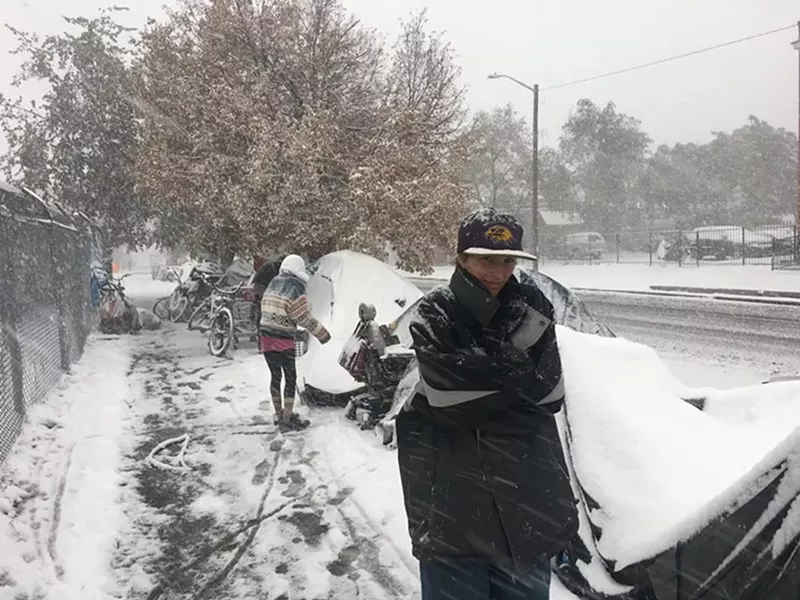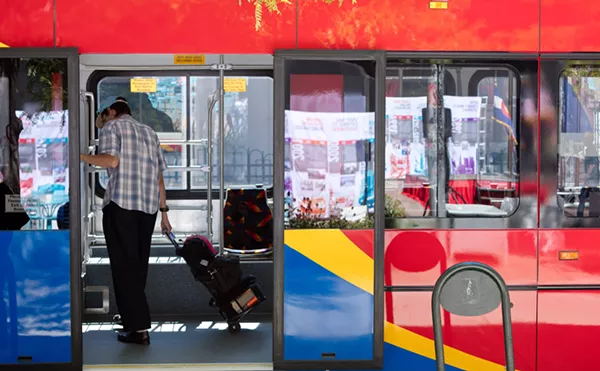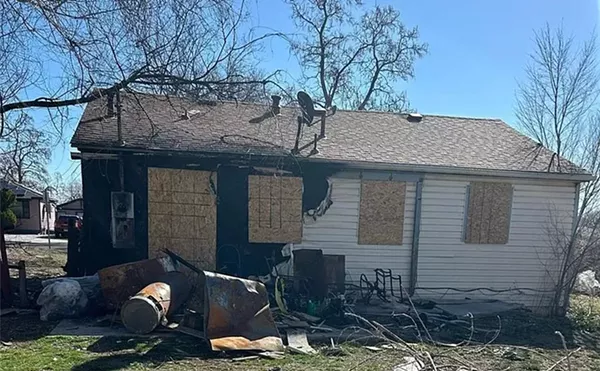Winter is coming to the Denver area. While many of us look forward to ski season and cozy evenings by a fire, the cold season is dangerous for our unhoused Denver neighbors. Nearly 3,000 individuals in the Denver metro area are enduring sleeping in tents or makeshift shelters this year without heating, blankets or adequate clothing. As such, they are at risk for severe cold-related injuries and death.
The human body is not built to be in inclement weather without proper resources for very long. Spending extended periods in the cold can lead to several medical complications; primary among them are hypothermia and frostbite. According to the U.S. Centers for Disease Control and Prevention, hypothermia can occur at or slightly above an ambient temperature of 40°F and can set in more rapidly in wet conditions. Hypothermia, the lowering of body temperature, can affect brain and heart function and can lead to death. Frostbite, when a part of the body is injured due to freezing, typically occurs at temperatures below 5°F, and those not adequately dressed for the inclement weather are at risk of frostbite in less than thirty minutes. While mild cases of frostbite can typically be treated with first aid and re-warming, severe cases can require hospitalization and amputation. For context, the average temperature in Denver during last year’s winter season was 32.9°F, with several days below 5°F.
What was the result last winter among people experiencing homelessness? A snapshot from a Denver metro area hospital provides some insight. In December 2022, a single hospital saw a total of 49 encounters among people experiencing homelessness with a primary diagnosis of frostbite. On average, each hospitalization for frostbite lasted seven days. This accounts for 343 hospital bed days for a fully preventable condition.
These hospitalizations are costly to Colorado taxpayers. The Kaiser Family Foundation estimates that the average hospital cost per hospital day in Colorado is $3,273. A back-of-the-envelope calculation shows that these 49 encounters — in a single month in a single hospital — cost the Colorado health-care system more than $1,100,000. If we multiply this out and assume that five Denver metro hospitals see the majority of these patients and that numbers are about the same for January and February, then we’re looking at upwards of $10,000,000 per year for fully preventable injuries.
There are a myriad of reasons why warming shelters are an essential part of the humanitarian response to homelessness. Warming shelters are warm and safe emergency structures (often city-owned buildings) that provide anyone, not just people experiencing homelessness, with refuge during cold weather. Unlike many traditional shelters, warming shelters generally permit couples, pet owners, friends and families to stay together and make their situations more bearable. One downside of warming shelters is that they traditionally have not offered wraparound services. But from the lens of “first do no harm,” they provide a safe, albeit imperfect and temporary place where serious cold weather injury can be avoided.
A debate has raged for more than two years about the proper temperature at which to activate warming shelters. The most recent interim policy from the City of Denver is to open them only when the existing shelter system capacity is exceeded and one of the following occurs: overnight temperature drops below 20°F; there is a wind-chill advisory, watch or warning; or two inches or more of snow are forecast. These thresholds are not based on scientific evidence and are out of step with other major city policies. In New York City, for example, a “Code Blue” is instituted when the temperature drops to 32°F or below, including wind-chill, between 4 p.m. and 8 a.m.
Cost is often cited as a limiting factor for warming shelters. Let’s go back to our previous cost estimates. Denver taxpayers are already footing the bill for cold weather-related injuries that total between $5 million and $10 million per year. This cost is only exceeded if the cost of maintaining warming shelters is greater than $100,000 for 100 days. Most other cities estimate that the cost of warming shelters is approximately $50,000 per day. Put another way, we could keep warming shelters open for the entire winter and still pay less than we do for hospitalization for these individuals.
Mayor Mike Johnston has proposed to house 1,000 people experiencing homelessness by the end of December. While his initiative to establish micro-communities is a commendable step toward ending unsheltered homelessness, full implementation for the thousands more experiencing homelessness is unlikely to be completed before winter begins. This means that even if some micro-communities are built before December, thousands will still struggle to stay warm. Although not a permanent solution, warming shelters that could remain open for the duration of the winter offer our unhoused neighbors a fighting chance of surviving Colorado’s harsh winter. This is not only the humane thing to do, but also the fiscally responsible one.
Samantha Nall, MPH Epidemiology, is a researcher in the Department of General Internal Medicine at the Anschutz Medical Campus; Yjuliana Tin, BS, is an MPH candidate and a researcher in the Department of General Internal Medicine at the Anschutz Medical Campus; and Erin Bredenberg, MD MPH, is a hospital medicine and addiction medicine physician in Aurora. Data for this article was provided by a local hospital; no protected health information was shared.
Westword.com frequently publishes commentaries on matters of interest to the community. Have one you'd like to submit? Send it to [email protected], where you can also comment on this piece.

Audio By Carbonatix
[
{
"name": "GPT - Billboard - Slot Inline - Content - Labeled - No Desktop",
"component": "23668565",
"insertPoint": "2",
"requiredCountToDisplay": "2"
},{
"name": "STN Player - Float - Mobile Only ",
"component": "23853568",
"insertPoint": "2",
"requiredCountToDisplay": "2"
},{
"name": "Editor Picks",
"component": "17242653",
"insertPoint": "4",
"requiredCountToDisplay": "1"
},{
"name": "Inline Links",
"component": "18838239",
"insertPoint": "8th",
"startingPoint": 8,
"requiredCountToDisplay": "7",
"maxInsertions": 25
},{
"name": "GPT - 2x Rectangles Desktop, Tower on Mobile - Labeled",
"component": "24956856",
"insertPoint": "8th",
"startingPoint": 8,
"requiredCountToDisplay": "7",
"maxInsertions": 25
},{
"name": "Inline Links",
"component": "18838239",
"insertPoint": "8th",
"startingPoint": 12,
"requiredCountToDisplay": "11",
"maxInsertions": 25
},{
"name": "GPT - Leaderboard to Tower - Slot Auto-select - Labeled",
"component": "17676724",
"insertPoint": "8th",
"startingPoint": 12,
"requiredCountToDisplay": "11",
"maxInsertions": 25
}
]











